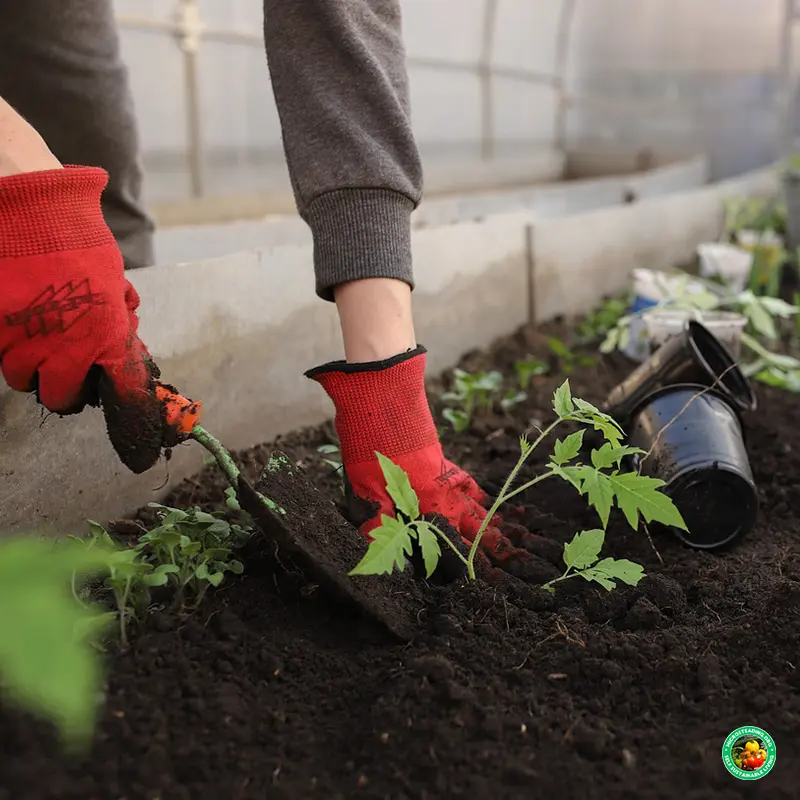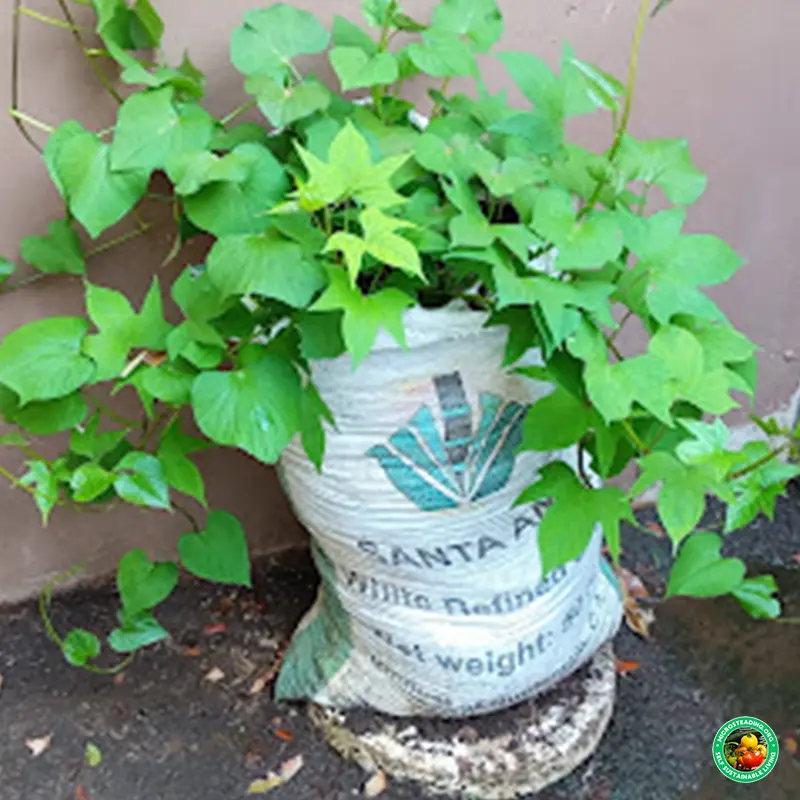Microsteading for Urban Gardens, DIY Growing & Sustainability

Grow More. Waste Less. Live Small. Thrive Big.
In a world of rising food costs, shrinking backyards, and the urgent need for sustainable living, microsteading is more than just a trend—it’s a movement. Whether you live in an apartment, a tiny house, or a suburban home with a postage-stamp yard, this site is your gateway to growing more, wasting less, and living with purpose on any scale.
Microsteading.org is your hub for practical self-reliance, DIY gardening, and small-space sustainability. If you’ve ever dreamed of growing your own food, composting kitchen scraps, reusing water, and living a simpler, greener lifestyle—you’ve found your people.
🌿 What is Microsteading?
Microsteading is the art of self-sufficiency in small spaces. It blends the timeless principles of homesteading—growing your own food, reducing waste, and living sustainably—with modern realities like apartment living, urban density, and climate unpredictability.
We believe you don’t need 10 acres to start homesteading. You can start right now—with a balcony, a grow bag, and a handful of seeds. This is sustainability for the rest of us.
Download The Quickstart Guide
🛠️ What You’ll Find on Microsteading.org
This site is packed with real-world guidance, all designed for people who want to:
- 🌱 Grow food in bags, buckets, or balcony planters
- 🍂 Compost in small kitchens or patios
- 💧 Reuse water, repurpose materials, and reduce dependence on the grid
- 👥 Learn from others living creatively and sustainably in limited space
Whether you’re a total beginner or have already dabbled in DIY gardening, you'll find step-by-step guides, plant-by-plant tutorials, hands-on DIY builds, and community support to grow your microstead with confidence.
🍠 Our First Big Focus: Sweet Potatoes in Bags

One of the most powerful ways to start microsteading is by growing sweet potatoes in bags. It’s simple, low-cost, beginner-friendly, and incredibly rewarding. In fact, we’re currently documenting the entire process from start to harvest and turning it into a full book.
This technique is ideal for:
- 🏙️ Urban and suburban dwellers
- ☀️ Warm and cool climates alike
- 👨👩👧 Anyone looking for a high-yield, nutritious crop with very little fuss
You’ll soon be able to access:
- 📷 A full visual guide
- 📘 Weekly grow log updates
- ✅ A free quick-start checklist
- 🍴 Bonus sweet potato recipes for zero-waste cooking
👨🌾 Meet the Microsteader Behind the Site

Hi, I’m Carl—a Caribbean-based creator, grower, and advocate for everyday sustainability. I started this project with a few grow bags, six recycled soda bottles, and a mission: to prove that anyone can live more self-reliantly, even in the tiniest spaces.
I believe we don’t have to wait for perfect land, tools, or timing to begin living more intentionally. And we definitely don’t need to go broke doing it. Here, I’ll share everything I learn along the way—mistakes and all—so you can grow faster, smarter, and more confidently in your own microstead.
💡 Who is This Site For?
Microsteading.org is built for:
- 🏢 Apartment dwellers who want to grow food on balconies
- 🏡 Tiny home enthusiasts
- 🌆 Urban families with small patios
- 🌎 Climate-conscious individuals who want to reduce their footprint
- 🔨 DIYers and creatives who want to repurpose and upcycle
- 🚀 Future-focused thinkers who believe in food freedom and resilience
If you love the idea of self-sufficiency without the overwhelm—this is your home.
📬 Stay Connected – Big Things Are Coming
This site is just getting started—but we’re planting strong roots.
- 👉 Soon, you’ll be able to download free guides, watch build videos, and get early access to our Sweet Potato in a Bag handbook.
- 📣 We’re also launching a newsletter, a private Facebook group, and exclusive content for early supporters.
- 🧰 Eventually, we’ll roll out online courses, printables, kits, and more.
For now, just stick around, explore, and bookmark this page.
Microsteading is a journey—and you’re right on time.
🌎 Join the Microsteading Movement
You don’t need a farm to live like a homesteader.
All you need is a corner of space, a container of soil, and the will to begin.
Welcome to the future of sustainable living—welcome to Microsteading.
Frequently Asked Questions
Microsteading is the practice of living more sustainably and self-reliantly in small spaces. It combines principles of homesteading—like growing food, composting, and reducing waste—with the realities of urban or compact living environments.
Yes! Microsteading is ideal for apartment dwellers. You can grow herbs, leafy greens, and even root vegetables like sweet potatoes using containers, grow bags, vertical planters, or small balcony setups.
Some of the easiest crops for small-space growers include sweet potatoes, lettuce, radishes, bush beans, herbs, and cherry tomatoes. These plants thrive in containers and require minimal inputs.
Not at all. Microsteading encourages reuse and repurposing. Many projects can be started with recycled containers, household scraps, and DIY solutions—making it budget-friendly and beginner-safe.
While traditional gardening often requires large outdoor spaces, microsteading is designed for small-scale environments. It emphasizes adaptability, efficiency, and sustainability—perfect for balconies, patios, rooftops, or even indoor setups.
Grow bags are breathable fabric containers used for planting vegetables in small spaces. They allow excellent drainage and root aeration, making them ideal for microsteaders who want high yields with minimal space.
Yes. Small-scale composting systems like bokashi bins, worm farms (vermicomposting), and countertop composters make it possible to recycle kitchen waste indoors or on balconies without odors or mess.
Most edible plants need 6–8 hours of light per day. If you lack sunlight, LED grow lights can be a great supplement. They're energy-efficient and perfect for windowsills or grow shelves indoors.
Most microstead projects can be maintained in 1–3 hours per week, depending on the number of plants and systems you set up. It’s ideal for people with busy lives who still want to grow their own food.
Absolutely. Microsteading is designed to be approachable and flexible. You can start small with a single grow bag or herb planter, learn as you go, and build confidence with each new project.

 Subscribe on Substack
Subscribe on Substack